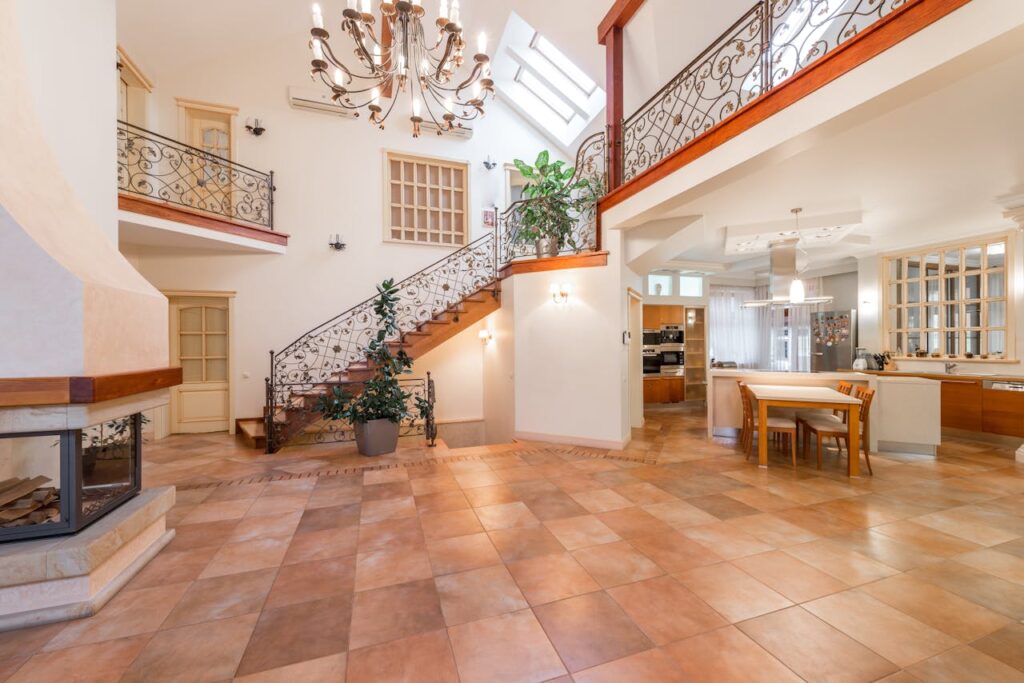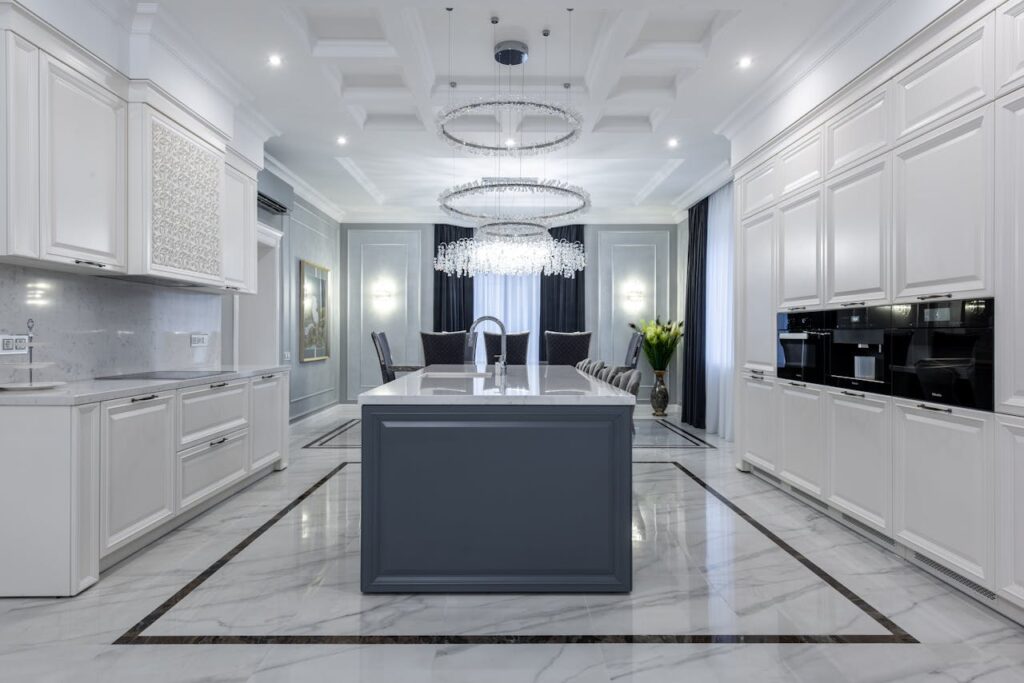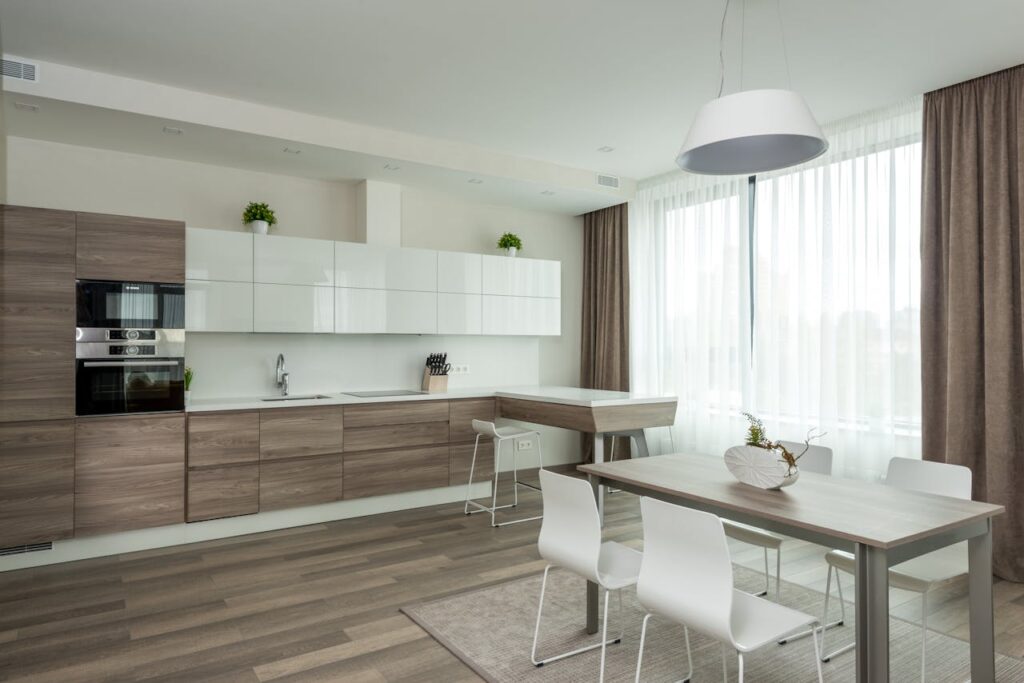Understanding the Difference: LVT vs. VCT Flooring Materials

When it comes to choosing the right flooring for commercial spaces, the options can be overwhelming. Among the popular choices are Luxury Vinyl Tile (LVT) and Vinyl Composition Tile (VCT). Both offer unique benefits, but understanding their differences can help you make an informed decision that best suits your needs. Let’s delve into the characteristics, advantages, and ideal applications for both LVT and VCT flooring.
Luxury Vinyl Tile (LVT)

LVT is a high-end vinyl flooring option that mimics the look of natural materials like wood or stone. It’s known for its versatility, durability, and aesthetic appeal. LVT is constructed with multiple layers, including a protective top layer that resists scratches and stains, making it ideal for high-traffic areas.
Advantages
- Aesthetic Appeal: LVT offers a wide range of designs and textures, providing a realistic appearance of natural materials.
- Durability: With its wear-resistant top layer, LVT is built to withstand heavy foot traffic and maintain its appearance over time.
- Comfort: LVT is softer underfoot compared to traditional tiles, offering a more comfortable walking experience.
- Water Resistance: Ideal for areas prone to moisture, LVT is highly resistant to water and spills.
Ideal Applications
LVT is perfect for commercial spaces like offices, retail stores, and healthcare facilities where aesthetics and durability are key considerations.
Vinyl Composition Tile (VCT)

VCT is a cost-effective flooring option commonly used in commercial settings. It is composed of natural limestone, fillers, and a thermoplastic binder, offering a durable and economical flooring solution.
Advantages
- Cost-Effective: VCT is generally more affordable than LVT, making it a budget-friendly option for large installations.
- Durability: Known for its strength, VCT can handle heavy traffic and is often used in schools, hospitals, and supermarkets.
- Easy Maintenance: VCT requires regular maintenance, such as stripping and waxing, to maintain its appearance, but it is relatively easy to clean.
Ideal Applications
VCT is well-suited for high-traffic areas where cost and durability are primary concerns, such as educational institutions, healthcare facilities, and industrial settings.
Conclusion
Choosing between LVT and VCT depends on your specific needs, budget, and the environment where the flooring will be installed. LVT offers superior aesthetics and comfort, making it suitable for spaces where design is a priority. On the other hand, VCT provides a durable and cost-effective solution for areas with heavy foot traffic. At 212Carpet, we offer both LVT and VCT options to meet the diverse needs of our clients. Contact us to learn more about how we can help you choose the perfect flooring for your commercial space.
